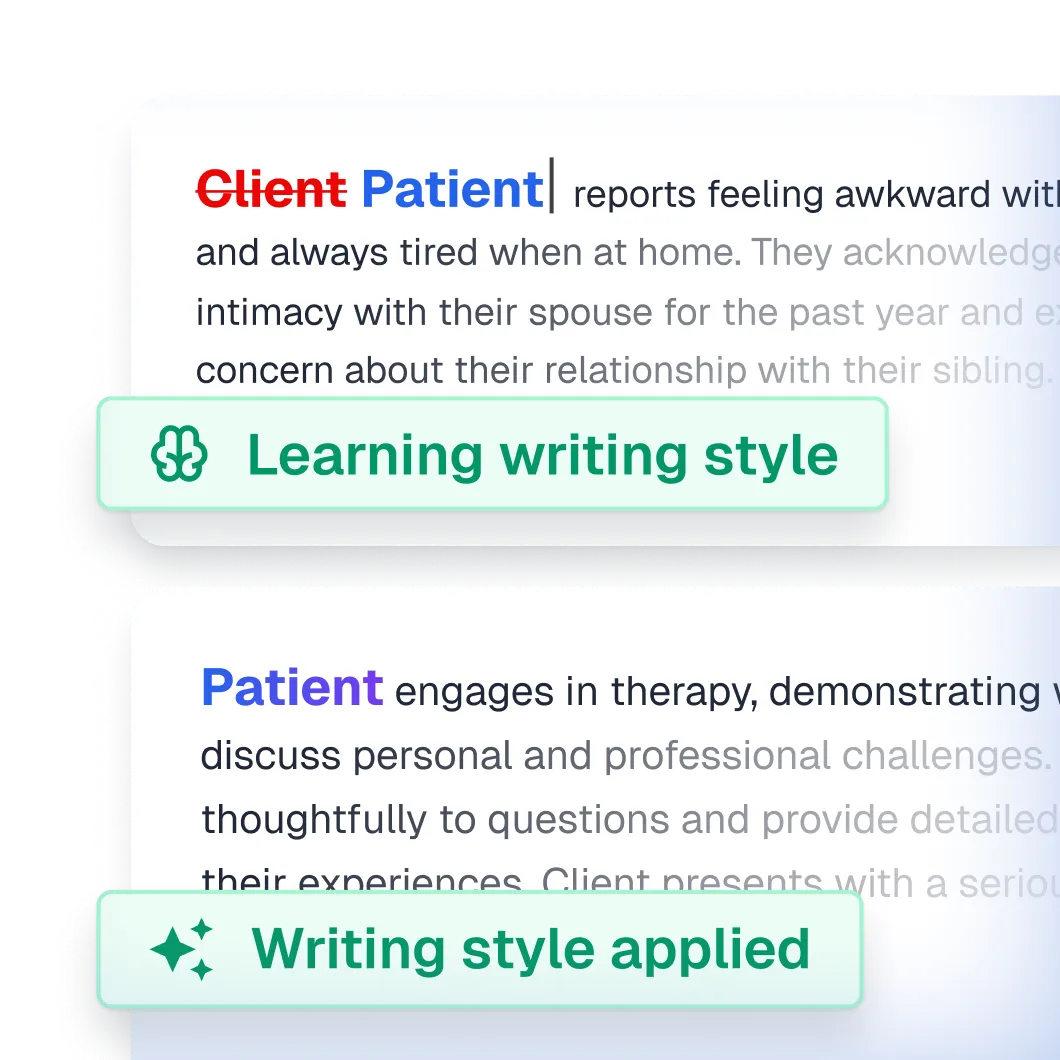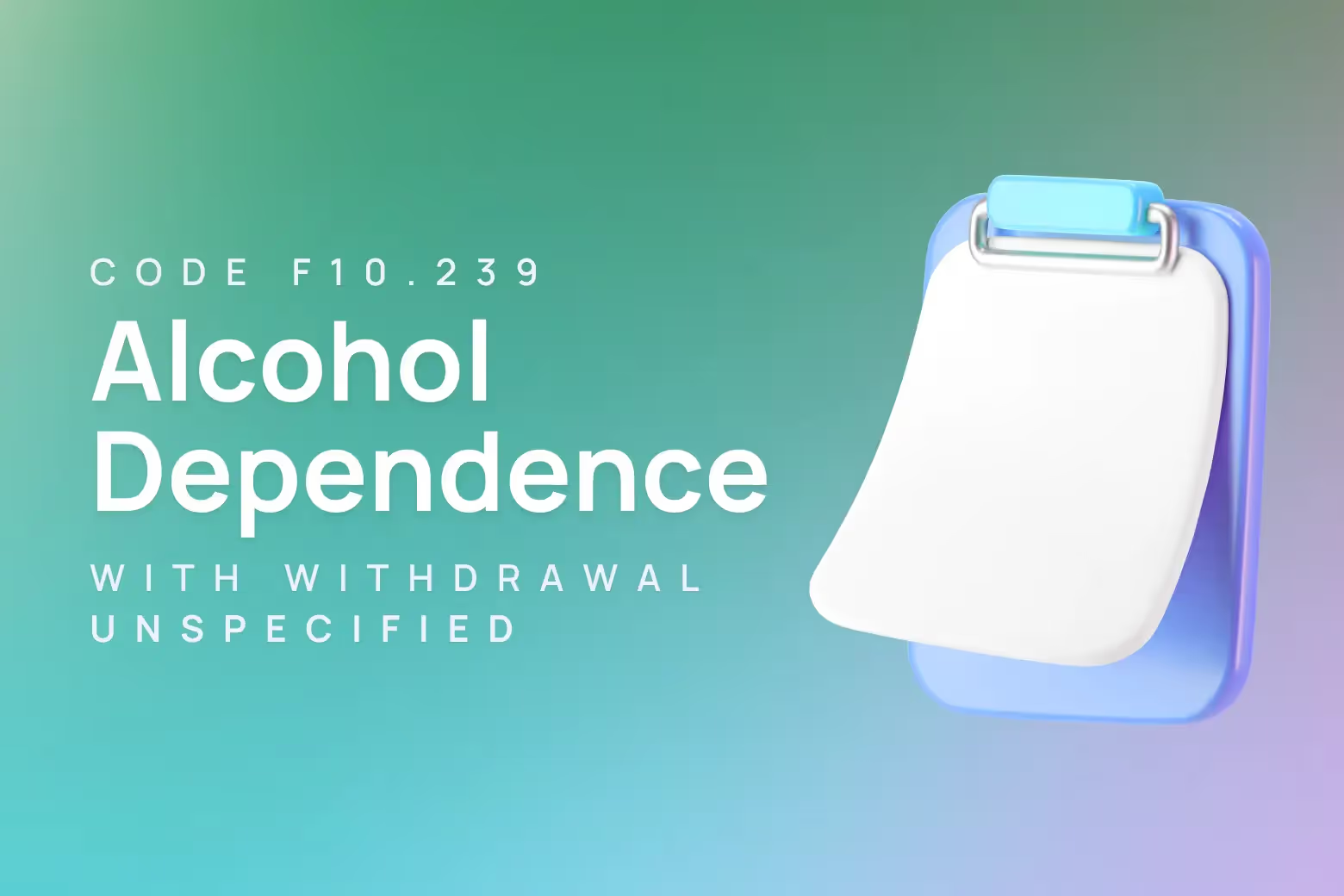ICD-10 code for hoarding disorder

Living spaces filled with accumulated possessions. Rooms rendered unusable by clutter. The persistent inability to part with items others might view as worthless. For individuals experiencing hoarding disorder, these aren't just inconveniences — they represent a complex pattern of behaviors that can significantly impact quality of life, safety, and social connections. Yet with proper diagnosis, documentation, and evidence-based treatment approaches, clinicians can help clients work toward meaningful change.
The ICD-10 code for Hoarding Disorder is F42.3, appearing within the broader classification of obsessive-compulsive and related disorders. Unlike collecting, where items are acquired intentionally and displayed proudly, hoarding disorder involves impulsive acquisition and disorganized accumulation that disrupts daily living. The condition affects approximately 2.6% of the general population, with higher rates among those over 60 years old, and shows similar features across cultures regardless of gender.
When to use F42.3 for hoarding disorder
The ICD-10 code F42.3 should be used when clinical presentation includes:
- Persistent difficulty discarding possessions regardless of actual value
- This difficulty stems from a perceived need to save items and distress about discarding
- Resulting clutter that prevents normal use of living spaces
Significant distress or impairment in social, occupational, or other key areas of functioning
Hoarding disorder vs. depression
Studies indicate high comorbidity between hoarding and mood disorders. However, hoarding symptoms typically emerge earlier in life (between ages 12-15) and follow a chronic course distinct from episodic mood disorders.
Hoarding disorder vs. obsessive-compulsive disorder
While historically viewed as a subtype of OCD, research by Mataix-Cols and colleagues demonstrates that hoarding disorder has a distinct neurobiological profile and symptom presentation. OCD is a generalized pattern that can include obsessive thoughts and ruminations, compulsive acts or behaviors, or a combination. Hoarding disorder (HD), however, is much more specific to a debilitating difficulty discarding objects.
ICD-10 codes for other conditions related to OCD:
- F42.0 Obsessive compulsive disorder
- F42.2 Mixed obsessional thoughts and acts
- F42.4 Excoriation (skin-picking) disorder
- F42.8 Other obsessive-compulsive disorder
- F42.9 Obsessive-compulsive disorder, unspecified
Interventions and CPT codes for hoarding disorder
While hoarding behaviors often feel overwhelming to both clients and their loved ones, research demonstrates that targeted therapeutic interventions can create meaningful change. Studies by Mathews and colleagues show that structured psychotherapy approaches — particularly when combined with understanding, patience, and consistent support — can help clients reduce clutter, improve daily functioning, and build more fulfilling lives.
Individual psychotherapy (60 minutes)
Cognitive Behavioral Therapy (CBT) tailored specifically for hoarding has shown the strongest evidence base for treatment. According to Mathews et al.'s research examining real-world outcomes, both clinician-led CBT groups and peer-facilitated interventions using the "Buried in Treasures" workbook showed meaningful improvement in hoarding severity scores.
Treatment typically focuses on:
- Addressing maladaptive beliefs about possessions
- Improving decision-making and organizational skills
- Gradually practicing sorting and discarding
- Building distress tolerance
- Preventing excessive acquisition
The CPT code for a 60-minute individual psychotherapy appointment is 90837.
Family psychotherapy with patient present (50 minutes)
Given hoarding's significant impact on family systems, family-based interventions often play a crucial role. Family therapy can help: The CPT code for a 50 minutes of family psychotherapy with the patient present is 90847.
- Improve communication around hoarding behaviors
- Develop shared understanding and realistic expectations
- Create collaborative plans for addressing clutter
- Support the maintenance of treatment gains
Supporting clients with hoarding disorder
The path to recovery from hoarding disorder requires patience, understanding, and a strong therapeutic alliance. While complete symptom remission may not be realistic for all clients, research demonstrates that targeted interventions can lead to meaningful improvements in both symptoms and functional outcomes.
Today's healthcare environment demands efficient documentation alongside high-quality care. Upheal's AI-powered platform helps clinicians maintain detailed clinical records while maximizing time available for direct client care. With built-in coding assistance and customizable templates, Upheal streamlines the documentation process so you can focus on what matters most — supporting your clients' journey toward better functioning and wellbeing.












